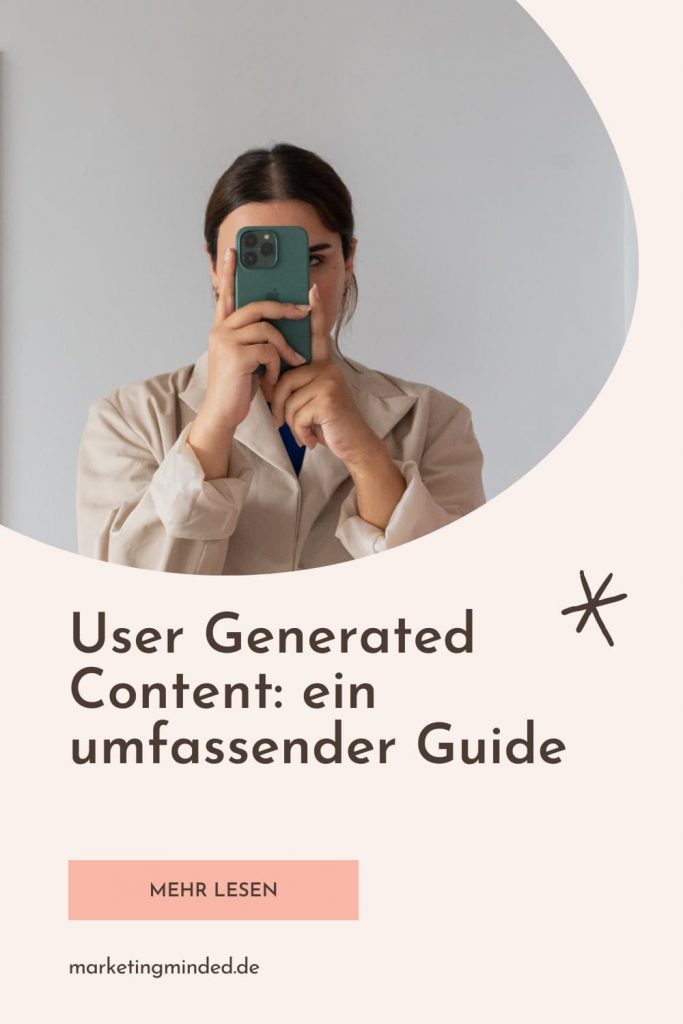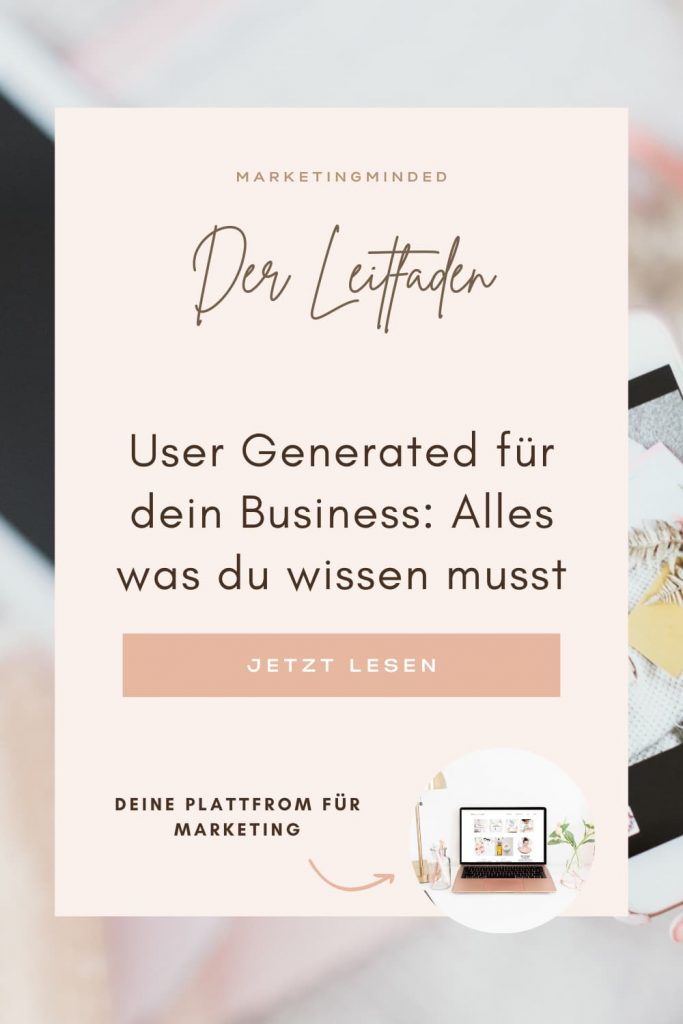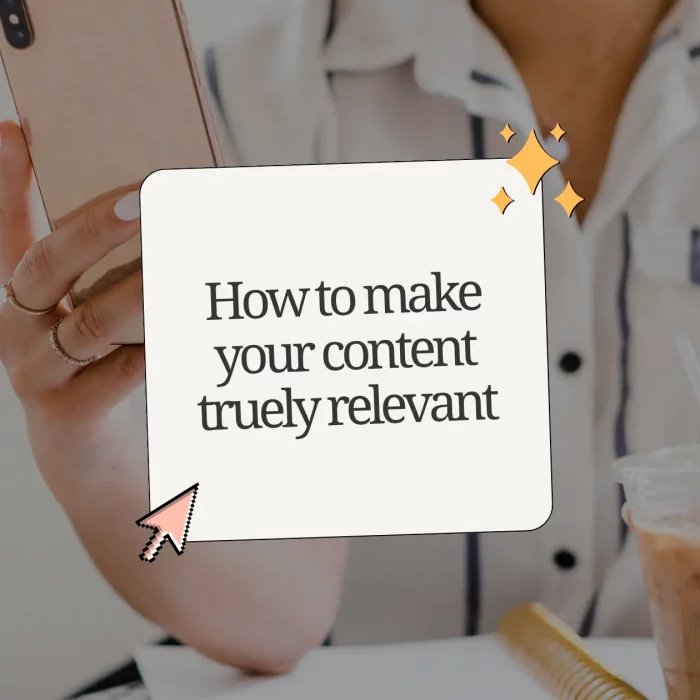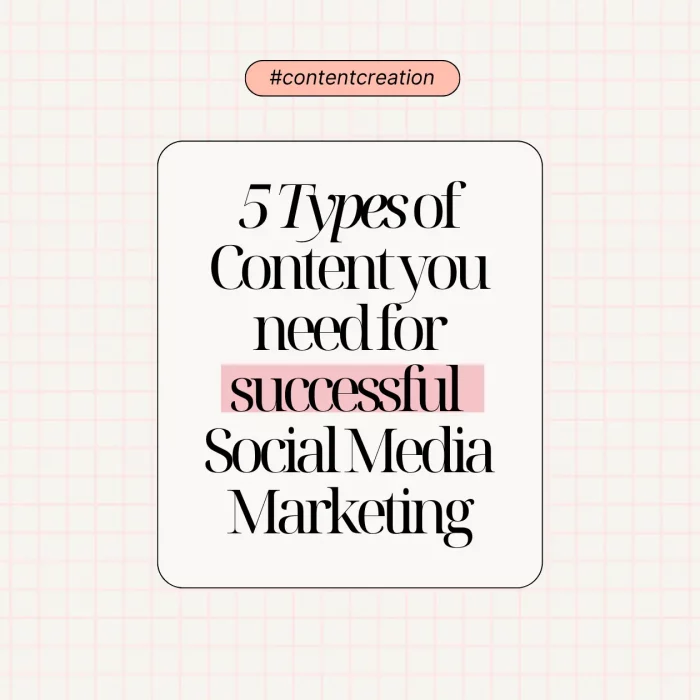
If you’re self-employed or run your own business, you’ve probably already heard that you need to use UGC in your marketing. In this guide, we’ll walk you through everything you need to know about User Generated Content—and how to get it.
This one’s going to be a longer read. So grab your favorite source of caffeine and get comfy.
What Is User Generated Content?
As the name suggests: User Generated Content (UGC) refers to any kind of content that’s created by consumers—not by the brand or company itself.
UGC can come in many different forms: blog posts, reviews, testimonials, videos, photos, or comments.
In short: any piece of content created by your customers that showcases your product or service qualifies as UGC. We often see it used in the context of social media—but technically, even a letter to a magazine editor could be considered UGC. It can even happen in private: say, when you send your best friend a video of your new dress to show it off.
UGC also goes by other names like Third Party Content (since it comes from a third party), Consumer Generated Content, or User-Created Content.
Since UGC is highly valuable in marketing (more on that in a second), we now differentiate between two types: authentic and inauthentic UGC.
Authentic UGC is voluntarily created by customers because they genuinely want to share their experience.
Inauthentic UGC is content that’s produced or commissioned by the brand to look like it came from customers.
Both have their place—but as a business owner, your goal should be to encourage and use authentic UGC.
The Benefits of User Generated Content
UGC offers a ton of benefits and is a key part of any solid online marketing strategy.
Since UGC is created by real users, it automatically feels more authentic than company-created content. In fact, a global Nielsen study found that 92% of consumers trust UGC more than branded content. It also serves as social proof (“if so many people love it, it must be good”) and acts as a testimonial that helps others make buying decisions. According to some reports, UGC can even increase conversion rates by 29%.
Let’s be honest: we’ve all done it. When you’re unsure about a product or ordering from a new shop, what’s the first thing you do? Check the reviews. UGC is essentially the same thing.
Another big win: UGC can strengthen your customer community and create a sense of belonging. If someone takes the time to create content for your brand, they’re more likely to stay loyal. Hello, repeat customers!
And let’s not forget—those who create UGC also increase brand awareness and reach. Their posts often get solid engagement and give you insight into how people are talking about your brand or product.
For business owners, authentic UGC is also a low-cost (often free!) way to get fresh content for your own social media channels.
The Right UGC for Your Business
What kind of UGC is right for you and your marketing depends on what you want to use it for.
If you mainly advertise on TikTok, you’ll need video content.
If you run an Etsy shop, testimonials and customer photos might be the right fit for you.
So be clear about what you want before you encourage your customers to create content for you.
When Should I Pay for UGC?
Sometimes, it can be worthwhile to pay for UGC (don’t confuse this with influencer campaigns).
This can especially make sense for products and services that:
- Need to generate traffic quickly
- Should be associated with a specific image in the minds of the target group
- Are linked to an emotional buying decision
- Require explanation
- Need to build trust with the audience
Paid UGC can therefore be a good launchpad and can also motivate other consumers to create their own content.
As mentioned earlier, your goal should always be to encourage your own customers to create voluntary content for your brand.

How Do I Get UGC for My Business?
As mentioned at the beginning, there are two types of UGC: authentic and paid. Depending on which type you’re aiming for, there are different ways to get user-generated content. The following methods cover both:
-
Offer incentives: Consumers are more likely to create content for you if they get something in return. For example, offer your customers a discount on their next purchase if they post a picture of your product on social media. Or repost their content—this way, you benefit from new content and the creators benefit from your reach. Win/win.
-
Ask friends and regular customers directly.
-
There are special creator accounts and agencies that specialize in creating UGC. Reach out to these accounts and ask about their rates for creating content for you. Smaller accounts in particular often work in exchange for free products. But make sure to review their profiles beforehand and ensure they match your brand.
-
Use UGC platforms: There are many platforms that connect UGC creators with companies. As a business, you can post a specific brief here, and creators will reach out to you with a short application video. For example, we often use Speakly for our clients.
-
Create interactive campaigns such as surveys, contests, or branded hashtags where your customers can actively participate and submit pictures.
Legal Aspects of User Generated Content
If you want to use UGC in your marketing, we recommend signing a contract with the creators of the content—whether you’re paying them or not. Because with UGC, there are legal issues to consider: copyright, personality rights, and data protection laws.
If you want to use content from third parties for your marketing (on your social media channels, website, or printed materials like flyers), you need usage rights.
These rights must be granted to you by the content creator, and you should always document this in writing. The scope and duration of use should also be clearly stated.
Important: If you hold the usage rights to an image, you’re also liable for it in the event of legal issues.
If multiple people are visible in the content, you should get permission from all of them.
The same applies to visible brand logos, buildings, or music tracks for which the creator doesn’t hold the proper rights. (We’ve already published an article covering the legal aspects of image rights in detail.)
If you want to repost public posts from social media, it’s usually enough to tag the creator in the caption and photo. Still, we recommend sending a quick message to the creator and asking for permission.
It’s just polite—and helps foster communication and relationships with your customers.






